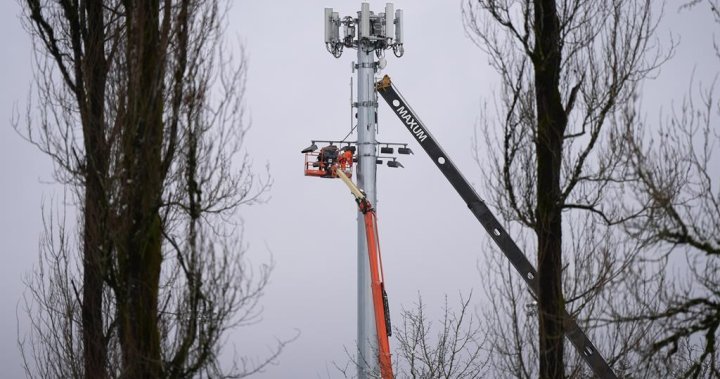Telecom giant Rogers Communications has announced the activation of five new cellular towers along British Columbia’s Highway of Tears, marking a significant milestone in efforts to improve access to 911 services on the route. The new towers along Highway 16 in northern B.C. cover 166 kilometres, where wireless service gaps previously existed. When the final two out of 11 towers are erected, the new wireless coverage will ensure continuous access on the entire 720-kilometre stretch of highway from Prince George to Prince Rupert. This initiative is aimed at providing 911 access for all travellers and 5G wireless coverage to Rogers’ customers.
Rogers’ chief technology officer, Mark Kennedy, stated in a press release that the nine active towers have closed most of the wireless gap between Prince Rupert and Prince George, benefiting both travellers and residents in the region, including those in Indigenous communities. The Highway 16 corridor has gained notoriety as the Highway of Tears due to numerous Indigenous women and girls being murdered or going missing along the route. The project to improve cellular coverage along the highway will address one of the recommendations made in the Highway of Tears Symposium report submitted in 2006. The report suggested that motorists and hitchhikers have closer access to emergency communication between communities on the highway.
Activist Mary Teegee, in a statement issued by Rogers, emphasized the importance of the new cellular towers as lifelines for the north and essential in establishing vital communication networks along Highway 16. The completion of this project will bring much-needed support to the region, providing a sense of security and safety for travelers and residents, particularly in Indigenous communities. With the new towers providing 911 access and 5G coverage, individuals along the Highway of Tears will have improved connectivity and access to emergency services in case of any unforeseen circumstances.
The efforts to enhance cellular coverage along the Highway of Tears highlight the importance of infrastructure development and technology in improving safety and communication in remote regions. Rogers’ commitment to expanding its network to provide essential services to underserved communities demonstrates corporate responsibility and investment in public safety initiatives. By bridging the wireless gap along the highway, Rogers is contributing to creating a more connected and secure environment for residents and travelers, addressing long-standing challenges in communication access in the region.
The completion of the new cellular towers along Highway 16 is a significant achievement in the ongoing efforts to address the systemic issues and safety concerns associated with the Highway of Tears. The improved connectivity and access to emergency services will play a crucial role in ensuring the well-being and security of individuals traveling along the route. By fulfilling the recommendations outlined in the Highway of Tears Symposium report, Rogers is taking proactive steps to create a safer and more connected environment for those residing in northern B.C. The new towers represent a positive development in infrastructure and technology, contributing to the overall progress and development of the region.
In conclusion, the activation of the new cellular towers by Rogers Communications along the Highway of Tears signifies a major milestone in improving access to 911 services and communication infrastructure in northern British Columbia. By addressing the wireless coverage gaps along the highway, Rogers is enhancing safety and connectivity for residents, travelers, and Indigenous communities in the region. The completion of the project will not only fulfill a longstanding recommendation but also serve as a testament to the company’s commitment to public safety and community well-being. The new towers represent a vital lifeline for the north, establishing essential communication networks and ensuring continuous coverage along the entire stretch of Highway 16.


